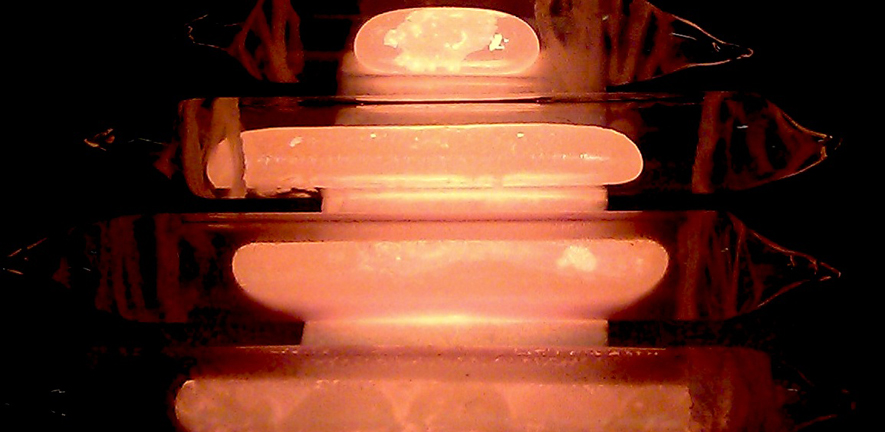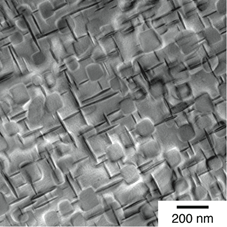
 Many engineering applications require materials capable of operating under extreme temperature, pressure or corrosive conditions. The Department of Materials Science and Metallurgy is carrying out a broad range of research with a number of industrial partners to gain an improved understanding of the behaviour of such materials with a view to improving their longevity in service and seeking new materials capable of better tolerating these inimical environments.
Many engineering applications require materials capable of operating under extreme temperature, pressure or corrosive conditions. The Department of Materials Science and Metallurgy is carrying out a broad range of research with a number of industrial partners to gain an improved understanding of the behaviour of such materials with a view to improving their longevity in service and seeking new materials capable of better tolerating these inimical environments.
Materials under high temperature and stress
The civil aviation and land-based power generation industries are continuously seeking to operate gas turbine engines at higher temperatures to improve their thermodynamic efficiencies and reduce emissions. Researchers within the Department are working closely with key companies in the gas turbine industry to determine how the current state of the art materials behave in service and whether new materials (metallic, ceramic or intermetallic) can better meet their needs.
Abrasive and abradable materials
Combustion engines commonly require components to move relative to one another without appreciable gaps to avoid leakage of the gas stream. One method by which this can be ensured is to use a combination of abradable and abrasive materials on the opposing faces to allow one component to cut a track into the other. Research within the Department is actively developing new combinations of such materials to meet evolving industrial needs.
Modelling of materials under extreme conditions
Modern first principles approaches to materials modelling are based on quantum mechanics, which as far as we know are reliable under all conditions. Thermodynamically stable phases of materials can be reliably predicted (using unbiased search algorithms) under extreme compression. Examples include the prediction of new phases of carbon up to the Petapascal (10^6 GPa) pressures found in astrophysical objects, and novel chemistry and bonding, such as electrides (ionic materials in which pockets of charge are the anions) and noble gas oxides.
Modelling of deformation behaviour
Dislocations and their interactions with other crystal defects are largely responsible for a material’s permanent deformation. These synergies lead to peculiar forms in mechanical and environmental behaviour in modern engineering components. Typical features affecting dislocation evolution include secondary phases, grain boundaries and twins, solute atoms and vacancies. New modelling approximations are developed within the Department to incorporate these features in advanced metallic systems and to study the fundamentals of deformation, creep, fatigue, deformation-induced transformations, and hydrogen embrittlement.
Main figure: "Red hot" samples - testing to extreme temperatures.
Inset figure: A typical microstructure of the new class of dual-superlattice superalloys designed by researchers with the Department of Materials Science and Metallurgy (www.sciencedirect.com/science/article/pii/S1359646217302051)
